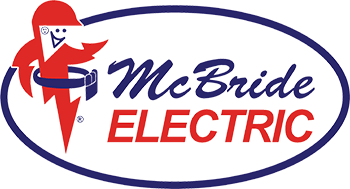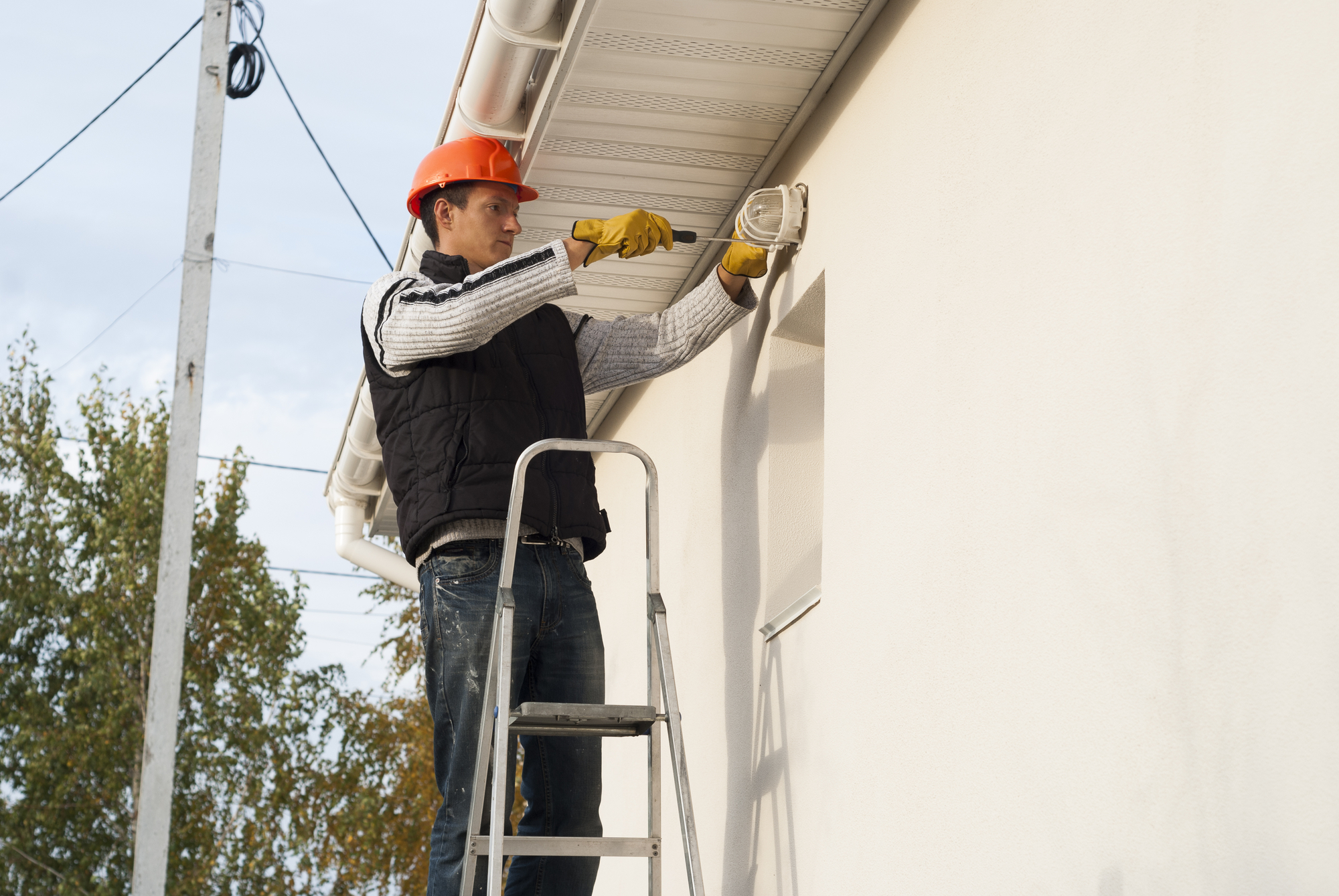Security lighting is a crucial element in contemporary security systems. Proper lighting not only deters potential threats but also ensures safety by illuminating paths and reducing accident risks. However, the cost of such installations can vary significantly based on several factors, with materials playing a pivotal role. This article delves into how different materials can influence the overall cost of setting up security lighting.
Factors Affecting Cost Estimates
Materials
The cost estimates for security lighting installation are heavily influenced by the materials used. The selection of appropriate materials for the installation is crucial in determining the overall cost. Materials used for security lighting installation include lighting fixtures, cables, and control systems. The choice of these materials is determined by various factors such as the intended use of the lighting system, the physical characteristics of the installation site, and the photometric requirements.
- Types of Materials
The type of materials used for security lighting installation also plays a vital role in determining the cost. For instance, LED lamps are more expensive to purchase initially but are more cost-effective in the long run due to their durability and energy efficiency. On the other hand, incandescent lamps are cheaper to buy, but they have higher energy consumption and require frequent replacement.
- Quality of Materials
The quality of materials used for security lighting installation influences the lifespan of the lighting system. The use of low-quality materials may lead to frequent replacements and repairs, which eventually increase the overall cost of installation. Therefore, it is important to consider the quality of materials while making purchases.
- Availability of Materials
The availability of materials in the local market also influences the cost of security lighting installation. If the materials required for installation are readily available in the local market, the cost of installation may be lower. However, if the required materials are not readily available, the cost of installation may be higher due to the high transport costs and importation fees.
Labor
The subsection on labor is an essential determinant of the cost estimates for security lighting installation. The skill level of workers, the number of workers needed, and the time required for installation are crucial factors to consider while determining the cost of the project. Security lighting installation requires specialized skills and expertise, and therefore, the cost is typically dictated by the skill level of the workers required.
Inexperienced or low-skilled workers may result in a poorly installed lighting system, leading to additional costs for any necessary repairs in the future. The number of workers needed varies depending on the size and complexity of the project. Small installations may require only one or two workers, while larger installations may require several workers working simultaneously. Finally, the time required for installation is another crucial determinant of the project’s cost. Larger installations or those with complex wiring and control systems require more time and therefore cost more. Efficient time management strategies and advanced project planning can help manage cost escalation in this area.
Location
The subsection Location plays a crucial role in determining the cost estimates for security lighting installation. The geographic location of a site can affect the cost significantly due to differences in materials, labor, and environmental factors. The accessibility of a site is also a critical factor to consider, as it impacts the ease of transporting materials and the work process. For instance, a remote location with difficult terrain will require more time and resources, leading to higher costs. Environmental factors such as weather conditions and the presence of wildlife can also influence the cost of installation by affecting the length of time required to complete the work.
Design
The design of a security lighting system is a critical factor that influences cost estimates for installation. The type of lighting system, the number of fixtures needed, and the wiring and control systems required are all essential components of the design that contribute to the overall cost of installation. For instance, the type of lighting system needed usually depends on the specific security needs of the site. Some sites may require motion-activated floodlights, while others may require low-level ambient lighting to reduce light pollution. Similarly, the number of fixtures needed will depend on the size of the site, the level of illumination needed, and the placement of the fixtures. Additionally, the wiring and control systems required will depend on the complexity of the design, the placement of the fixtures, and the specific security needs of the site. Therefore, an efficient design that addresses the specific security needs of the site can reduce the overall cost of installation.
Understanding Material Costs
The cost of materials is pivotal in estimating the overall expense of a security lighting project. Several elements, including the quality, type, and availability of materials, play a role in this. Key components in security lighting include light fixtures, poles, cables, and power sources, each with its own cost implications.
Light fixtures, for instance, are a major cost factor. While LED fixtures are favored for their energy efficiency and longevity, they come with a higher price tag. The type of pole used, its height, and distance can also influence the number of lighting fixtures needed.
Cabling costs are equally vital. The quality of cables determines their durability against harsh conditions. The distance between fixtures and the power source can also affect the amount of cabling needed, influencing the overall cost.
Power sources, whether tapping into an existing supply or establishing a new one, have their own set of costs. For instance, solar-powered options, popular in remote areas, can reduce costs by eliminating the need for power source installations.
Labor costs, influenced by the contractor’s expertise, project size, and installation complexity, are another significant consideration. Harsh weather conditions or extended work hours can further escalate these costs.
Impact of Material Selection on Costs
Material choices directly affect the cost of a security lighting project. While high-quality materials might be pricier, they ensure a longer-lasting and more efficient system. On the other hand, cheaper materials might seem cost-effective initially but could lead to higher maintenance or replacement costs in the future.
Lighting fixtures come in various wattages and designs. While higher wattage fixtures provide brighter illumination, the design should complement the surroundings for aesthetic appeal.
Power sources, whether solar, battery, or hardwired, have their own cost dynamics. Solar or battery options might be cheaper to install but have a higher initial investment. Hardwired sources, though stable, require professional installation, potentially increasing costs.
Cables and conduits also come in different quality levels. While cheaper cables might seem cost-effective, they might not be as durable, leading to frequent replacements. On the other hand, more robust options, like metal conduits, might have a higher upfront cost but offer longevity.
Mounting hardware, including poles, brackets, and screws, also influence costs. High-grade metals, though pricier, ensure strength and durability. In contrast, cheaper metals might be coated to prevent corrosion, but this coating can wear off, leading to potential rust issues.
Overall, material selection is crucial in determining the cost of a security lighting project. Opting for quality materials might have a higher initial cost but ensures long-term savings. Balancing cost and quality is essential, and seeking professional advice can help in making informed decisions.
Wrapping Up: The Importance of Material Choices in Security Lighting
The decision to install security lighting is a significant step towards enhancing the safety of a property or building. The materials chosen for this endeavor play a pivotal role in shaping the project’s overall cost. From wiring and bulbs to fixtures and mounting hardware, each component contributes to the system’s efficiency and longevity.
Opting for high-quality materials is an investment in durability and reduced maintenance. Especially in outdoor settings, where weather conditions can be harsh, the quality of materials becomes paramount. These materials not only withstand the elements but also offer consistent performance, ensuring the security system’s reliability.
The scale of the installation also influences the cost. Larger areas necessitate more materials, driving up the project’s price. Factors like the size of the secured area, fixture spacing, and desired illumination levels all determine the quantity of materials required.
Having a clear understanding of the needed materials for a specific security lighting project is essential for accurate cost estimation. This knowledge empowers individuals to make informed choices, balancing between material quality and budget constraints, ultimately leading to a successful and cost-effective installation.
In wrapping up, the choice of materials is a critical aspect of security lighting installation costs. For those seeking expert guidance and top-notch installation services, Mcbride Electric stands ready to assist. With their expertise and commitment to quality, you can ensure a seamless, efficient, and long-lasting security lighting solution. Reach out to us today and take the first step towards a safer tomorrow.
FAQs about Security Lighting Installation
1. What materials are necessary for security lighting installation?
Generally, materials required for security lighting installation include lighting fixtures, bulbs, conduits/wires, junction boxes, circuit breakers, and switches.
2. How do the materials used for security lighting affect the cost estimate?
The type, quality, and quantity of materials required influence the cost estimate. High-quality and durable materials such as LED bulbs and rust-resistant fixtures may cost more but reduce maintenance and replacement costs in the long run.
3. Can materials be substituted to reduce installation costs?
Yes, but it is advisable to seek professional advice on the best alternative materials that do not compromise the quality, safety or effectiveness of the system. In some cases, using lower quality or cheaper materials may end up being more costly in the long run due to frequent breakdowns and maintenance needs.
4. Are there specific regulations for the types of materials used in security lighting installation?
Yes, there are regulations regarding the type and safety of materials used in security lighting installations. These regulations may vary with location or jurisdiction, but they are generally aimed at preventing safety hazards such as electrocution or fire from faulty or substandard materials.
5. How can the choice of materials impact the lifespan of security lighting systems?
The choice of high-quality and durable materials can increase the lifespan of security lighting systems by reducing the need for frequent repairs or replacements due to wear and tear. Conversely, low-quality or substandard materials can lead to frequent breakdowns and a shortened lifespan of the system.
6. Is it possible to estimate the cost of materials accurately without professional assistance?
Not always. Accurate cost estimates require a professional assessment of the property, design plans and any specific requirements or regulations. It is advisable to engage the services of a licensed electrician or professional lighting contractor to get an accurate cost estimate.

